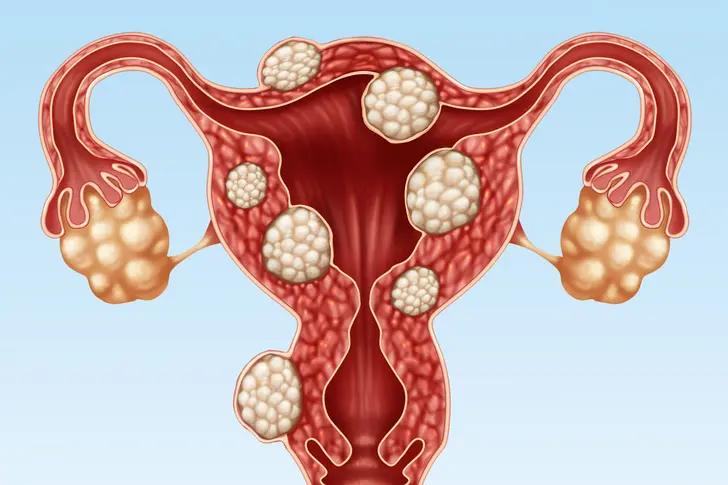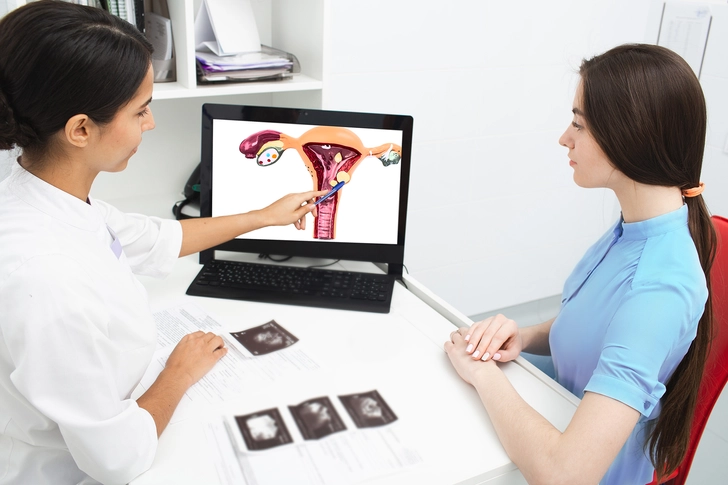Uterine Fibroids and Pregnancy


Understanding Uterine Fibroids
Uterine fibroids are noncancerous growths that can develop in or on the uterus. They can be as small as a pea or as large as a grapefruit. Most women who have been diagnosed with fibroids go on to have normal pregnancies, but sometimes fibroids can cause challenges.

How Common Are Fibroids?
Many women have fibroids, but not everyone has symptoms. An estimated 40% to 60% of women have fibroids by age 35.

Common Symptoms
Symptoms of fibroids include heavy menstrual bleeding, pelvic pain, peeing often, and possible complications during pregnancy.

Impact on Pregnancy
Fibroids can lead to pain, a higher likelihood of needing a C-section, preterm delivery, and sometimes placental abruption. This means your placenta tears away from the wall of your uterus before your baby is delivered. Placental abruption is a serious condition that happens in about 1% of all pregnancies.

Manage Pain
It’s important to manage pain and discomfort caused by fibroids during pregnancy. Over-the-counter medications like acetaminophen (Tylenol) can help. But avoid nonsteroidal anti-inflammatory drugs (NSAIDs) like ibuprofen because they may cause you to miscarry or affect the health of your baby.

Monitor Symptoms
Keep track of any changes or new symptoms and let your doctor know. Each pregnancy is unique, and having fibroids doesn't mean you'll have trouble with pregnancy and childbirth. Many women with fibroids have normal, healthy pregnancies and deliveries.
Photo Credit:
1) iStock/Getty Images
2) Peakstock/Shutterstock
3) iStock/Getty Images
4) Prostock-studio/Shutterstock
5) BELL KA PANG/Shutterstock
6) Yuri A/Shutterstock
SOURCES:
Harvard Medical School: “What to do about Fibroids.”
Reviews in Obstetrics & Gynecology: “Contemporary Management of Fibroids in Pregnancy.”
Womenshealth.gov: “Uterine Fibroids Fact Sheet.”
New York State Department of Health: “Uterine Fibroids.”
Womenshealth.gov: “Uterine fibroids fact sheet.”
American Journal of Obstetrics and Gynecology: “Postpartum factors and natural fibroid regression.”
Obstetrics and Gynecology International: “Counselling Patients with Uterine Fibroids: A Review of the Management and Complications.”
Mayo Clinic: “Placental abruption”